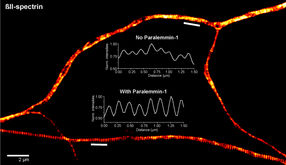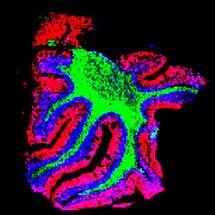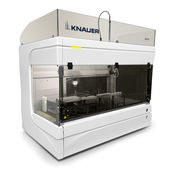DNA damage response protein
Researchers at Vanderbilt University and Vanderbilt University Medical Center have determined that a previously uncharacterized protein called ETAA1 is a “replication stress response protein” with an essential role in maintaining the integrity of the genome.
The finding by David Cortez , Ph.D., Walter Chazin , Ph.D., and colleagues adds to the list of proteins known to be involved in DNA replication, the accurate copying of the genetic code each time a cell divides.
In particular, ETAA1 acts at stalled replication forks, where the double-helical DNA molecule splits apart and copies are made of each strand. The stalled replication fork has been compared to a paper jam in a copy machine. ETAA1 is one of a number of proteins that can undo the “jam.”
Quantity is important. Too much or too little of the protein is associated with DNA damage. Similarly, mutations in the ETAA1 gene are known to increase the risk for pancreatic cancer.
Original publication
These products might interest you
See the theme worlds for related content
Topic world Protein analytics
Protein analytics provides a deep insight into these complex macromolecules, their structure, function and interactions. It is essential for discovering and developing biopharmaceuticals, understanding disease mechanisms, and identifying therapeutic targets. Techniques such as mass spectrometry, Western blot and immunoassays allow researchers to characterize proteins at the molecular level, determine their concentration and identify possible modifications.

Topic world Protein analytics
Protein analytics provides a deep insight into these complex macromolecules, their structure, function and interactions. It is essential for discovering and developing biopharmaceuticals, understanding disease mechanisms, and identifying therapeutic targets. Techniques such as mass spectrometry, Western blot and immunoassays allow researchers to characterize proteins at the molecular level, determine their concentration and identify possible modifications.




























































